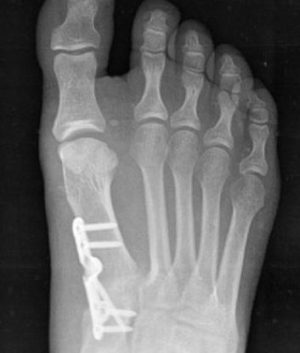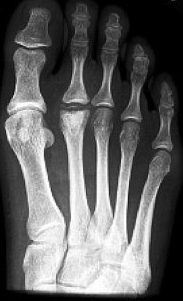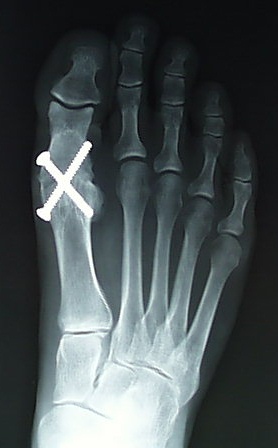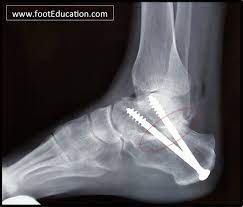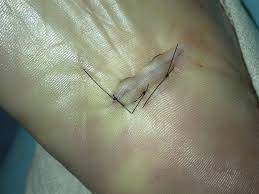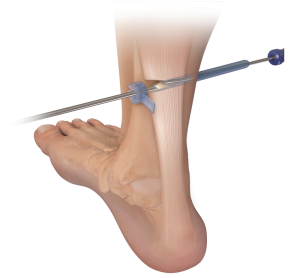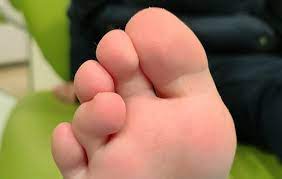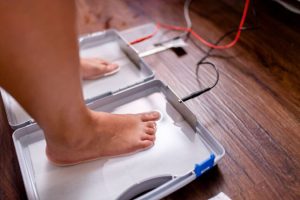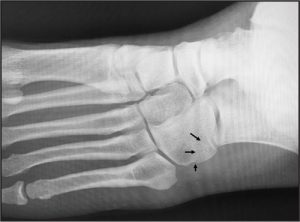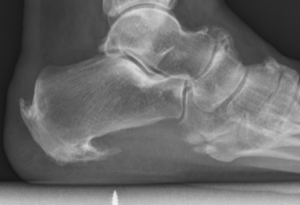
Forestier’s disease can affect various parts of the body, including the spine, pelvis, hip, and knee, but it is less common for it to affect the foot. However, in rare cases, Forestier’s disease can cause abnormal bone growth in the foot, leading to stiffness, pain, and difficulty with movement.
The symptoms of Forestier’s disease in the foot may include:
- Stiffness and limited range of motion in the affected joint(s)
- Pain that worsens with activity
- Swelling or tenderness around the affected area
- Deformity or abnormal bone growth in the foot
Treatment for Forestier’s disease in the foot may include nonsteroidal anti-inflammatory drugs (NSAIDs) for pain and inflammation, physical therapy to improve range of motion and mobility, and in severe cases, surgery to remove or reshape the abnormal bone growth. It’s important to consult with a healthcare provider for proper diagnosis and treatment of Forestier’s disease in the foot.

